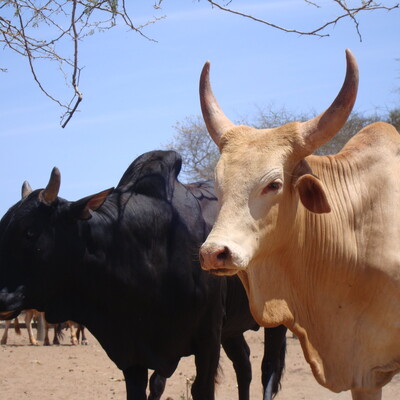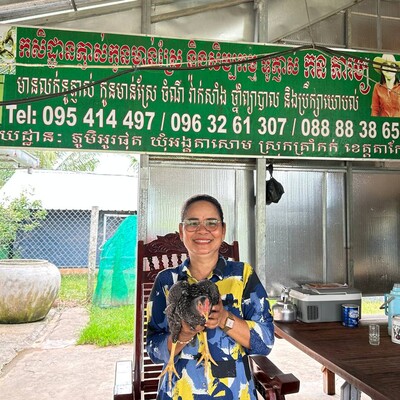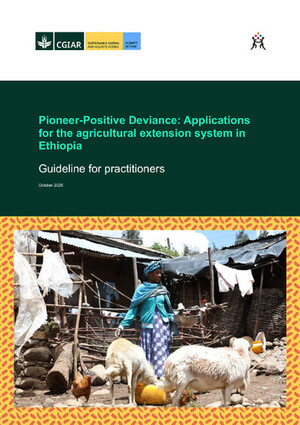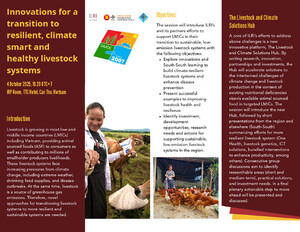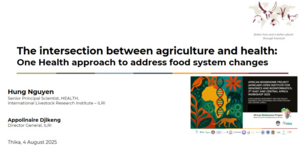
East African dairy farmers earning more from market linkages to milk processors

Staff of Kinyogoga Dairy Farmers’ Cooperative Society in Uganda pour milk into a cooler. This is one of several milk chilling plants set up under the EADD project (photo credit: EADD).
The demand for high-value food items such as meat and dairy products is on the rise in East Africa. However, productivity-enhancing services such as input and output markets for smallholder dairy producers are not fully developed to meet this demand. Moreover, inappropriate cattle breeds for dairy production, diseases, inadequate capacity of farmers, extension providers and research institutions and lack of financial services further impede the competitiveness of the region’s dairy industry.
Through collective action, dairy farmers in Kenya and Uganda have formed and joined producer organizations as one of the ways of improving their access to input and output markets and to reduce operational costs. The East Africa Dairy Development (EADD) project has supported the creation of dairy hubs in Kenya and Uganda to help establish sustainable producer organizations that can enable farmers access markets for their milk and solve other production constraints. Owned by farmers, the hubs link the smallholder producers to different milk processors. However, the different market linkages offer varying financial benefit to the dairy producers, causing differences in farmers’ capacity to access inputs and services.
A recent study by researchers from the International Livestock Research Institute (ILRI) provides evidence on the farm impacts of different types of linkages between smallholder dairy farmers and large processors through dairy hubs. Using cross-sectional survey data collected from 993 smallholder livestock keeping households living within the dairy hubs’ catchment areas in Kenya and Uganda, technical efficiency estimates from dairy farm enterprises were analysed to identify the effects of the types of processor linkages on the performance of the dairy farm enterprises.
The results of the study, published in the Agribusiness Journal, revealed that there was no strong influence at farm level arising from the different forms of linkages with processors that dairy hubs adopt. Furthermore, the study showed that though hub sustainability is directly linked to the producer organization’s efficiency level, it does not sufficiently translate to more productive farmers. Even though linking farmers to large enterprises leads to increases in income, there is no evidence of the trickle effect of this increased income to the households’ productivity and input use in the dairy enterprise.
However, a related study published in the International Food and Agribusiness Management Review analysed the effects of household linkages to milk markets via dairy hubs. The findings of this study showed that participation in dairy hubs increased dairy revenues by USD 1,022 on average. The impacts reported were greater for households associated to hubs exclusively supplying processors (USD 1,673) than for those supplying hubs pursuing a mixed linkage approach.
The findings of the studies could be used to influence development agents in the dairy sector, policymakers, and large processors to support improved farm performance through equitable participation in hubs.
Read the journal articles here:







